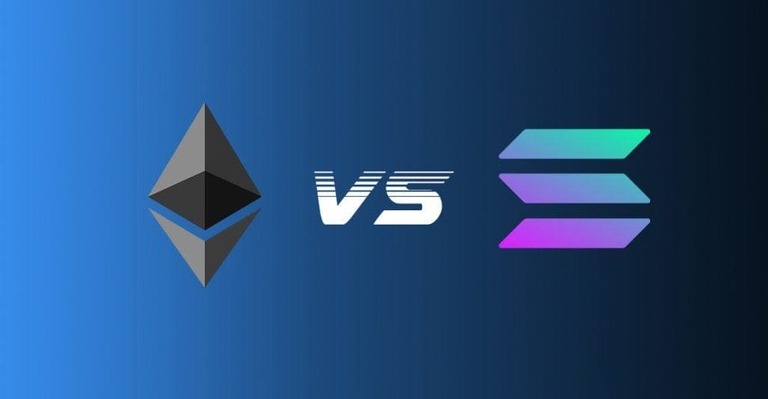TL;DR
- Anthony Scaramucci stated that Solana will surpass Ethereum in market capitalization, though he clarified he doesn’t hold a negative view of ETH.
- Standard Chartered expects SOL to lag due to scalability issues, but Cantor Fitzgerald backs its technological edge.
- SkyBridge keeps around 40% of its portfolio in crypto, with major positions in BTC, SOL, AVAX, and DOT.
Anthony Scaramucci, founder of SkyBridge Capital, revived the longstanding narrative of Solana (SOL) as a potential successor to Ethereum (ETH).
During a conference in New York, he claimed that Solana would overtake Ethereum in market capitalization. He clarified that this wasn’t a criticism of Ethereum’s value, but said he simply understands Solana’s advantages and growth potential better.
Scaramucci explained that his first exposure to cryptocurrencies was in 2020 and that he never truly got involved with Ethereum. Today, SkyBridge holds a sizable treasury position in Bitcoin and Solana, along with Avalanche, Polkadot, and other assets. Nearly 40% of the firm’s managed funds are allocated to crypto investments.

Conflicting Views
Scaramucci’s prediction contrasts with the outlook from Standard Chartered. The bank expects SOL to struggle against Ethereum in the coming years due to scalability limitations and a decline in network activity following the memecoin boom. They forecast SOL to reach $275 by the end of 2025 and $500 in 2029, while Ethereum could climb to $4,000 this year and surpass $7,500 within the same period.
Despite these differing views, both assets have posted similar performances so far in 2025. Solana has dropped 23% since January, while Ethereum has fallen 24.75%. Currently, SOL holds a market capitalization of $76 billion, still far behind ETH’s $304 billion.

Solana Outperforms Ethereum in Every Key Metric
Cantor Fitzgerald, however, aligns with Scaramucci’s stance. In a recent report, its analysts stated that Solana’s technology outperforms Ethereum’s across every major metric. They also highlighted the growing interest from publicly traded companies adding SOL to their balance sheets, a trend that could drive institutional demand over the medium term

